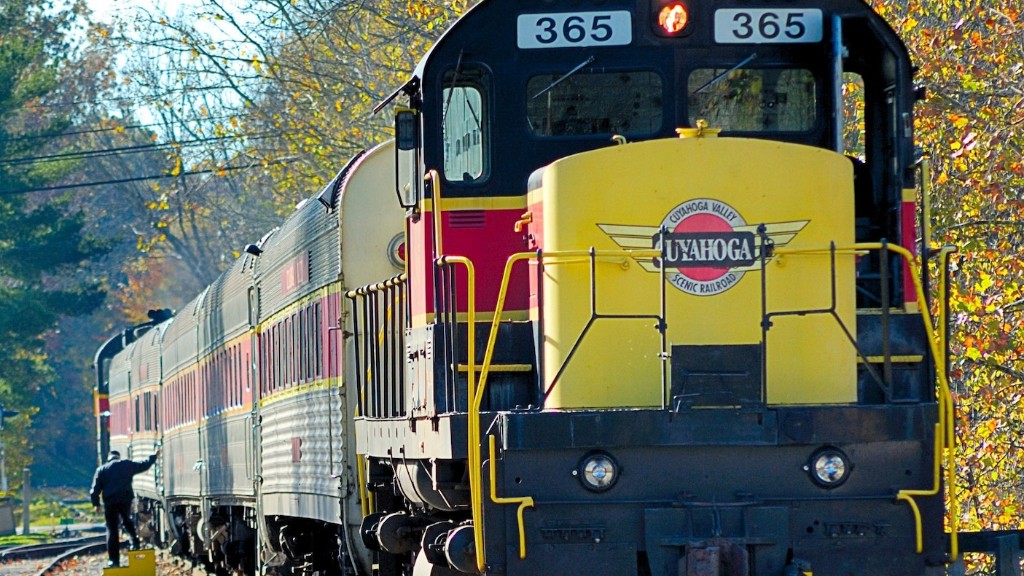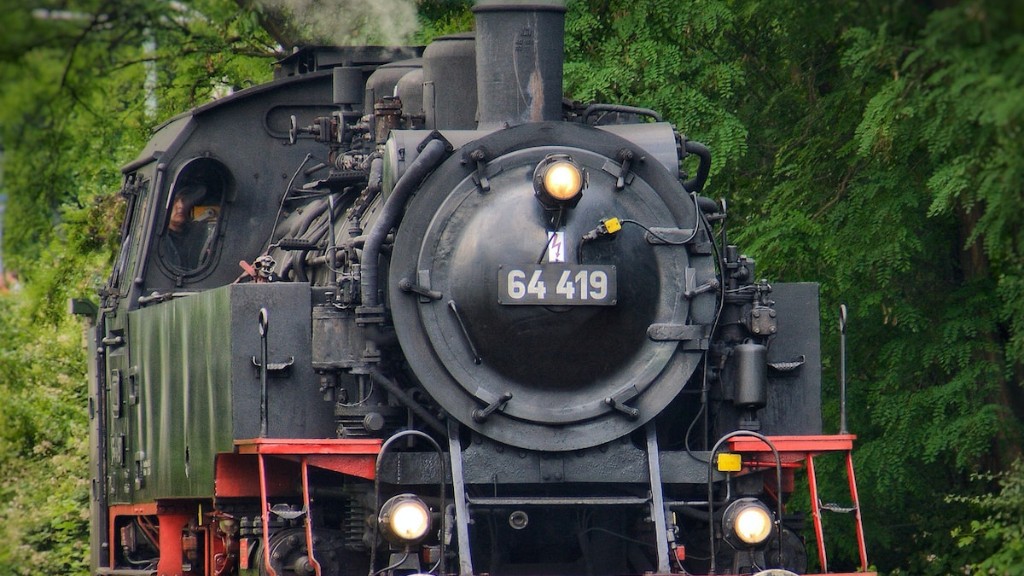Train Station Near Natural History Museum
The Natural History Museum, located in the heart of the city, is a popular destination for both locals and tourists alike. With its rich collection of artifacts and exhibits showcasing the natural world, it offers an educational and engaging experience for visitors of all ages.
When planning a visit to the Natural History Museum, it is essential to find the most convenient train station for a seamless journey. Fortunately, the museum is easily accessible via several nearby train stations:
1. South Kensington Station
The closest train station to the Natural History Museum is South Kensington Station. Located just a short walk away, it offers direct access to the museum and its surroundings. This station is served by the District, Circle, and Piccadilly lines, making it easily accessible from various parts of London.
2. Gloucester Road Station
Gloucester Road Station is another nearby option, situated approximately 0.4 miles from the museum. It provides convenient access to the Natural History Museum through a pleasant stroll along Exhibition Road.
3. Knightsbridge Station
Knightsbridge Station is within reasonable walking distance to the museum, located approximately 0.7 miles away. Visitors can enjoy a leisurely walk through the charming streets of Knightsbridge before reaching the museum’s entrance.
4. Victoria Station
Though slightly farther from the museum, Victoria Station is a viable option for those looking to combine their visit to the Natural History Museum with other attractions. It is situated approximately 1.5 miles away and offers a direct tube connection via the District and Circle lines.
Given the variety of train stations in close proximity to the Natural History Museum, it is important to consider factors such as the arrival train station in London and preferred tube lines when selecting the most suitable route. Utilizing underground transport allows for a fast and efficient commute, ensuring an uninterrupted and enjoyable museum visit.
Insights and Analysis
The accessibility of the Natural History Museum via various train stations reflects the well-planned transport infrastructure in the area. The concerted efforts of the local authorities to provide seamless connectivity to popular attractions contribute to the overall appeal of the city. This accessibility not only benefits tourists but also enhances the quality of life for local residents.
Experts emphasize the positive impact of an efficient transport network on tourism. According to Professor John Higgins, a renowned tourism researcher, convenient transportation options play a crucial role in enhancing visitor experiences and encouraging repeat visits. The availability of well-connected train stations near major attractions, like the Natural History Museum, improves overall tourist satisfaction, thereby promoting sustainable tourism development.
From a broader perspective, the existence of easily accessible train stations in proximity to cultural and educational institutions fosters a society that values knowledge and exploration. By facilitating the effortless exploration of such institutions, the transportation infrastructure encourages a culture of learning and engagement.
Conclusion
The proximity of the Natural History Museum to multiple convenient train stations ensures that visitors have an enjoyable and hassle-free experience. The accessibility of this renowned cultural institution serves as a testament to London’s commitment to providing seamless transportation options and promoting educational tourism. So, whether you plan to embark on a solo expedition or enjoy a family day out, exploring the wonders of the Natural History Museum is now easier than ever.



